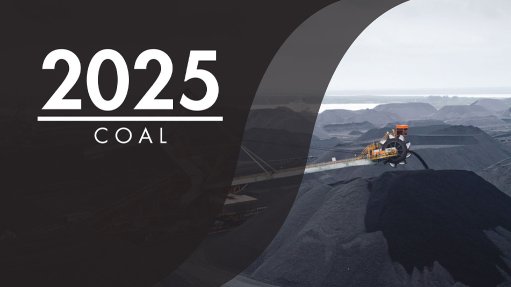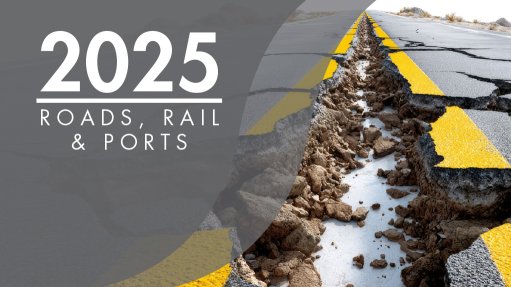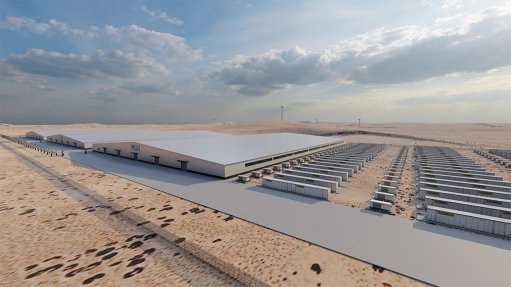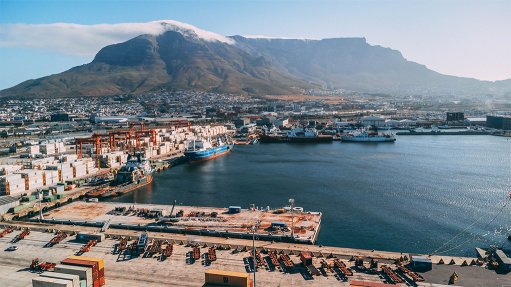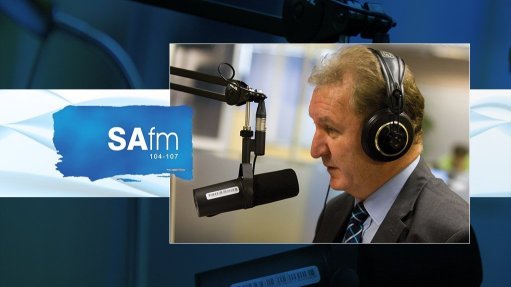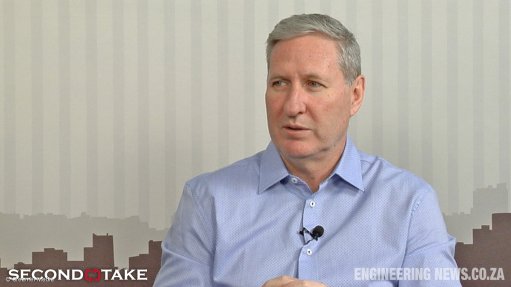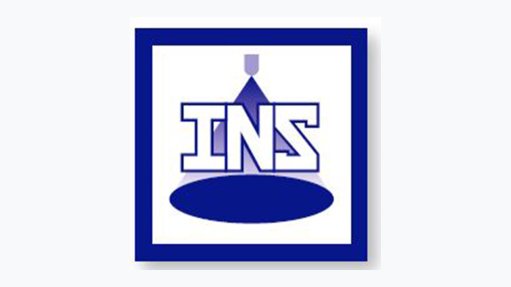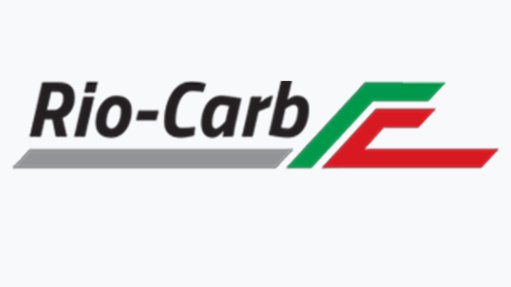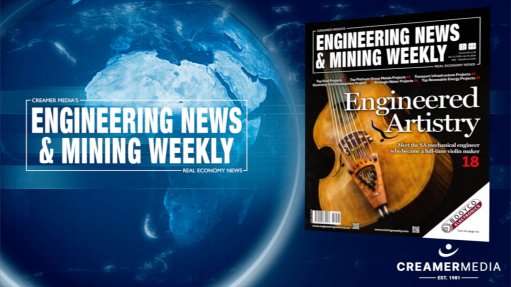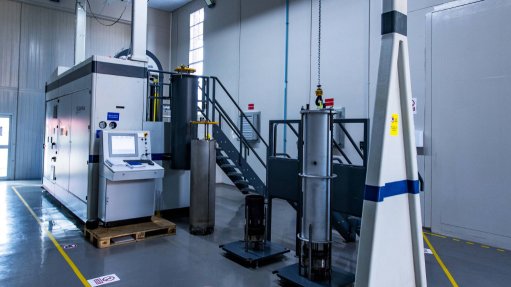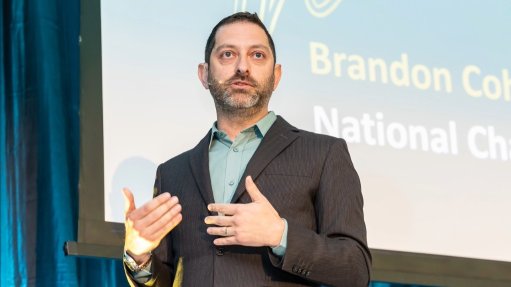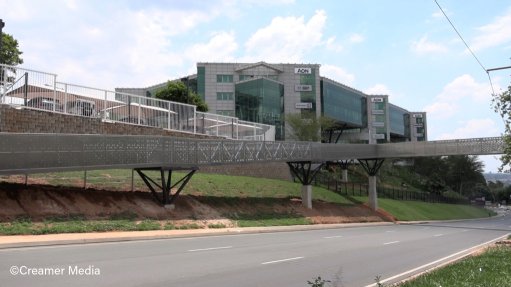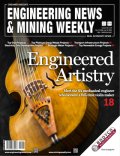On-The-Air (31/10/2025)

Martin Creamer talks about G20Lens analysis, Glencore's cobalt strategy and Harmony Gold.
Every Friday, SAfm’s radio anchor Sakina Kamwendo speaks to Martin Creamer, publishing editor of Engineering News & Mining Weekly. Reported here is this Friday’s At the Coalface transcript:
Kamwendo: Analysts see South Africa’s critical minerals strategy as needing stronger investment incentives.
Creamer: This is the G20Lens. Five analysts have done a study. They are from ENSafrica. They have looked at Africa as a whole and I must say, South Africa doesn't come out with flying colours at all. The indications are that the incentives are just too thin to do business here and also there is too much uncertainty. Although there is a lot of emphasis on beneficiation, they point to the problem with energy and transport. So, all round, I think the critical mineral strategy of other African countries is being better received by analysts and the reports going out are probably pointing, one senses, to Zambia being in a better position than South Africa is. It is quite ironic, because the company that did Zambia’s cadastre, which is the system used to encourage exploring, was done by a South African company in Zambia. We are still waiting for our cadastre here. So overall, I would say South Africa never came out of the analysis well.
Kamwendo: The Democratic Republic of Congo is restricting the export of cobalt, which has become an important modern metal.
Creamer: You know, cobalt and copper go together and the Democratic Republic of Congo, the DRC, is so well known for its copper and cobalt. But what happened, and this is a sort of a new trend in the world, the DRC decided, because of the precious nature of cobalt, to put a ban on the export of cobalt. We can see now that they've lifted that prohibition, but at the same time, they put in quotas on the export of cobalt. So, for the rest of 2025, there is a quota, which means you can only export a certain amount of cobalt from DRC and the rest must be kept in the DRC, and the DRC will continue with quotas going through 2026 and 2027. Mining companies that are active in cobalt mining in DRC are reporting that their stockpiles of cobalt are getting higher and higher and many of them are prioritising copper of cobalt, if it makes sense. They will then export at levels laid down by the quota and place the rest on their stockpiles. It is just the sort of trend in Africa at the moment where there is a surprising difference in the approach of governments and the cobalt quota system in the DRC is one indication of the changed approach, but the total prohibition is now lifted.
Kamwendo: Gold companies are creating good socioeconomic momentum at this period of high gold price.
Creamer: The high gold price is creating a lot of confidence. I mean, when we say high gold price, this is at $4 000 an ounce, a level the global gold mining companies have never been used. So you see, in South Africa, when there is reportage by the gold mining companies, they talk of their good free cash flow, but also make the point that they are not just here to extract gold. We are also here, they say, to provide a lot of socio-economic benefit and they add that they are very committed to leaving a lasting legacy. That was made clear this week by Harmony Gold, which is South Africa's biggest gold mining company, and the chairperson, Dr Patrice Motsepe, made it clear that Harmony Gold is committed to lasting socio-economic benefits and that makes it good for host communities living around gold mines, because at least at this point in time, whatever the commitments are, will be done, and probably done well beyond what the Social and Labour Plans require these companies to do in terms of the law.
Kamwendo: Thanks very much. Martin Creamer is publishing, editor of Engineering News & Mining Weekly.
Article Enquiry
Email Article
Save Article
Feedback
To advertise email advertising@creamermedia.co.za or click here
Comments
Announcements
What's On
Subscribe to improve your user experience...
Option 1 (equivalent of R125 a month):
Receive a weekly copy of Creamer Media's Engineering News & Mining Weekly magazine
(print copy for those in South Africa and e-magazine for those outside of South Africa)
Receive daily email newsletters
Access to full search results
Access archive of magazine back copies
Access to Projects in Progress
Access to ONE Research Report of your choice in PDF format
Option 2 (equivalent of R375 a month):
All benefits from Option 1
PLUS
Access to Creamer Media's Research Channel Africa for ALL Research Reports, in PDF format, on various industrial and mining sectors
including Electricity; Water; Energy Transition; Hydrogen; Roads, Rail and Ports; Coal; Gold; Platinum; Battery Metals; etc.
Already a subscriber?
Forgotten your password?
Receive weekly copy of Creamer Media's Engineering News & Mining Weekly magazine (print copy for those in South Africa and e-magazine for those outside of South Africa)
➕
Recieve daily email newsletters
➕
Access to full search results
➕
Access archive of magazine back copies
➕
Access to Projects in Progress
➕
Access to ONE Research Report of your choice in PDF format
RESEARCH CHANNEL AFRICA
R4500 (equivalent of R375 a month)
SUBSCRIBEAll benefits from Option 1
➕
Access to Creamer Media's Research Channel Africa for ALL Research Reports on various industrial and mining sectors, in PDF format, including on:
Electricity
➕
Water
➕
Energy Transition
➕
Hydrogen
➕
Roads, Rail and Ports
➕
Coal
➕
Gold
➕
Platinum
➕
Battery Metals
➕
etc.
Receive all benefits from Option 1 or Option 2 delivered to numerous people at your company
➕
Multiple User names and Passwords for simultaneous log-ins
➕
Intranet integration access to all in your organisation





